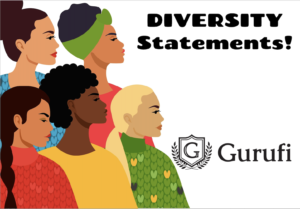Within 20 seconds of reading a draft personal statement, I can tell whether the author has a clear sense of what they want to say or whether they’ve spent far too much time asking for advice, deep-diving into forums, or otherwise overthinking it. These “Frankenstein essays” are a misfit mishmash of parts because the author tries to cover every base and make sure they provide something for everyone.
@gurufi_admissions When a #personalstatement stops being a reflection of *your* voice and life, and instead tries to do too much, it becomes a “Frankenstein essay.
When it comes to personal statements, you’re much better off writing a few things well than saying a lot of things briefly or poorly. As such, it is important to be judicious about where you seek advice. A strong personal statement represents you and your accomplishments and if focused on your future. It’s clear and simple, and not meandering and complicated.
Yes, when drafting a personal statement, it’s important to have an open mind and be prepared to take constructive criticism. Choosing wisely where to seek guidance for your personal statement will significantly improve the caliber and efficacy of your essay. Consult professionals, academics, peers, internet resources, family members, and friends for help, but also trust your gut and be loyal to who you are. Don’t forget that your personal statement should reflect your unique personality, so don’t be scared to experiment and be original. And, with EVERY piece of advice, make sure that the final decision is yours.
For more help with your personal statement, check us out at Gurufi.com. Our personal statement editors and consultants have decades of experience helping clients get into top Masters and Ph.D. programs in STEM, humanities, fine arts, and social sciences. Our specialty is helping you craft compelling personal statements that move the needle in your admissions process! For questions, shoot us an email at service@gurufi.com. Check us out on Facebook, Twitter, and LinkedIn.




